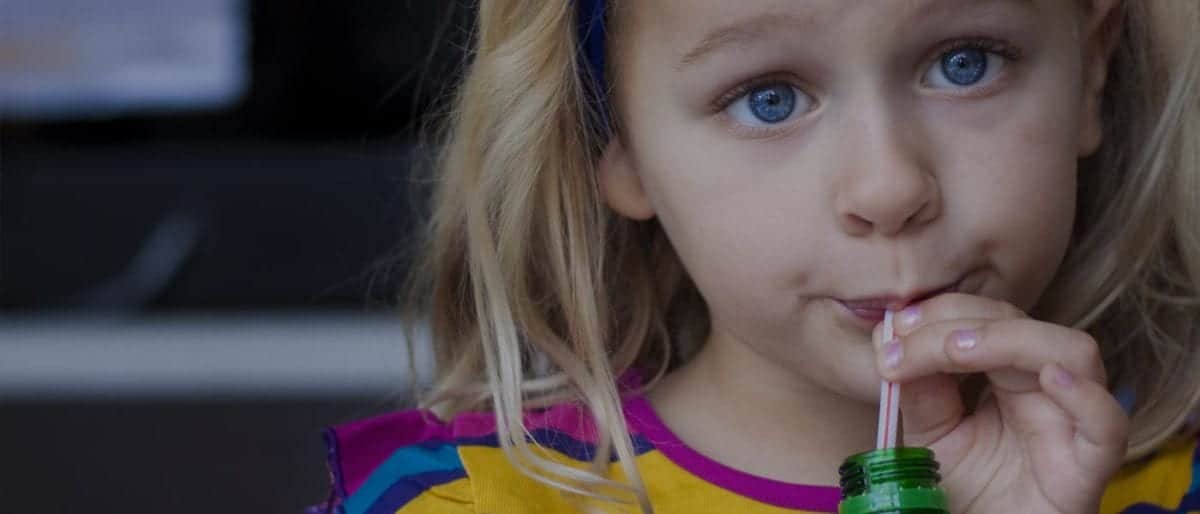Dental decay is a bacterial disease where bacteria in the mouth release acids which “rot” away teeth. Babies are not born with the bacteria that cause dental decay in their mouths. These bacteria are introduced to children, usually by their parents or siblings. The route of this transmission is through saliva such as kissing and sharing cutlery. When a parent has active decay, they are more likely to infect their child with the decay causing bacteria from their saliva, therefore putting their child at greater risk for dental decay.
Consequences of dental decay in children
If a child develops dental decay there are a number of possible consequences. If the decay progresses deeper into the tooth, children may experience pain and discomfort from their teeth and may even be unable to chew and eat. If this decay progresses into the nerve inside the tooth, a child can develop a painful dental abscess. This often necessitates extraction of the tooth which causes the child physical and emotional discomfort. Sometimes it is not possible to extract teeth on young children in a dental setting and they have to have a general anaesthetic in a hospital. Early loss of deciduous (baby) teeth from extraction can result in a loss of space for adult teeth to erupt into the mouth. This increases the chance a child will need orthodontics or potentially surgery to get the adult teeth into the correct alignment. Finally, children who have had dental decay have an increased chance of developing dental decay in their permanent (adult) teeth.
Risk Factors for Dental Decay in Children
A high sugar intake greatly increases the chances of a child getting dental decay. This includes natural sugars found in honey, fruits and juices. The greatest risk is when these sugars are consumed frequently, in between meals, and in forms that stick to children’s teeth.
We all know that brushing with fluoride toothpaste and flossing twice a day keeps teeth healthy. If teeth are cleaned less often or if they are not cleaned to a high enough standard then this increases the chances of getting dental decay.
Some children have crowded teeth, tooth defects or difficult to clean teeth. This means that these children have to have their teeth cleaned to a much higher standard or they risk dental decay.
If children visit a dentist regularly, it is more likely that their dentist can recognise and treat dental decay early and prevent many of the more serious consequence of dental decay. However, the inverse is also true.
If you would like to know more information about dental decay in children please contact Avenue Dental.

